What You Should Know Before Enrolling in a Website Design Course
If you are wondering what fact-checks and details you must have before enrolling in a website design course, read our five-step guide below. We have summarized our years of experience in these few steps to help you understand the intricacies of website design courses and how to locate the best web designing institute in Delhi.
Step 1: Prioritize learning web design theory
Aspiring web designers must start with web design theory. It entails the principles for developing a good website, including complex color theory, functional website structure, and excellent user experience.
It is of utmost importance to have a strong foundation before starting a career in web design. Taking advanced web design courses or beginner classes, either offline or online, helps students learn the basics with practical experience.
Important Note: Most people need clarification on graphic and web design concepts. Both fields have contrasting characteristics. Graphic designers focus primarily on visually appealing design elements. We designers must work on the overall interface in coordination with several technologies.
Step 2: Learn an array of web design tools
Learning tools are another essential element of our web design course in Delhi, where we motivate our budding web designers to learn a wide range of relevant tools. In the past decade, we have seen many innovations in design software development and enhancements that offer today's web designers an edge in creating functional yet beautiful websites.
Following are a few recommended tools for aspiring web designers:
- Figma
- WordPress
- Photoshop
- InVision Studio
- Webflow
- Sketch
- Dreamweaver
- Google Web Designer
Step 3: Now put your skills into practice
Our advanced web design course is formulated in an efficient combination of theoretical knowledge and practical experience. Our experienced instructors in the industry clear the fundamental doubts and help students understand the basic design principles. Subsequently, this theoretical knowledge is put into practice when students must build websites. It helps them hone their skills as they pick up the intricacies of web designing while working on diversified projects.
Step 4: Build a sharp Portfolio
Diversity and creativity are critical components of any competitive portfolio. Our website design course helps students build their portfolios from scratch (if they still need one) or advance their portfolios as seasoned professionals. Your portfolio aims to show your future employer that you worked on different types of websites with drastically different visual elements.
In other words, a good portfolio speaks for itself about your skills and how detailed a web designer you are.
Step 5: Applying to relevant job positions
In the web design field, there are several roles that one can take up based on their skill sets and interests. On successful completion of relevant course and website design certifications, you can consider any of these roles:
- Front-end web developer
- Front-end designer
- Web designer
- Mobile Developer
- Visual designer
- UI/UX designers
- Product Manager
- Interaction designer
Our robust and well-connected job placement cell assists our students in being workplace-ready.
Two Cents
Taking a career leap means enhancing your skills. If you are facing doubts about your career choice, let's have a quick chat. We will help you design your career path to achieve your dream job.
You Might Also Like
What’s Next in Website Design? Trends to Follow...
From Graphic Designer To UX/UI designer — 8 tips
Stay Tuned
Stay up to date with our latest courses.




















.png?width=130&height=53&name=image%2027%20(1).png)

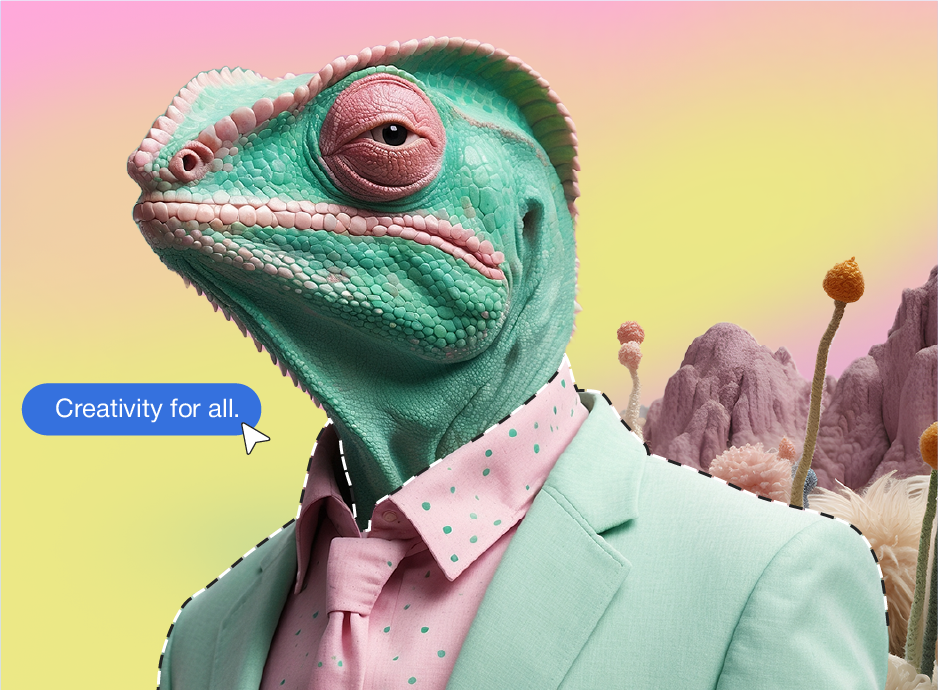
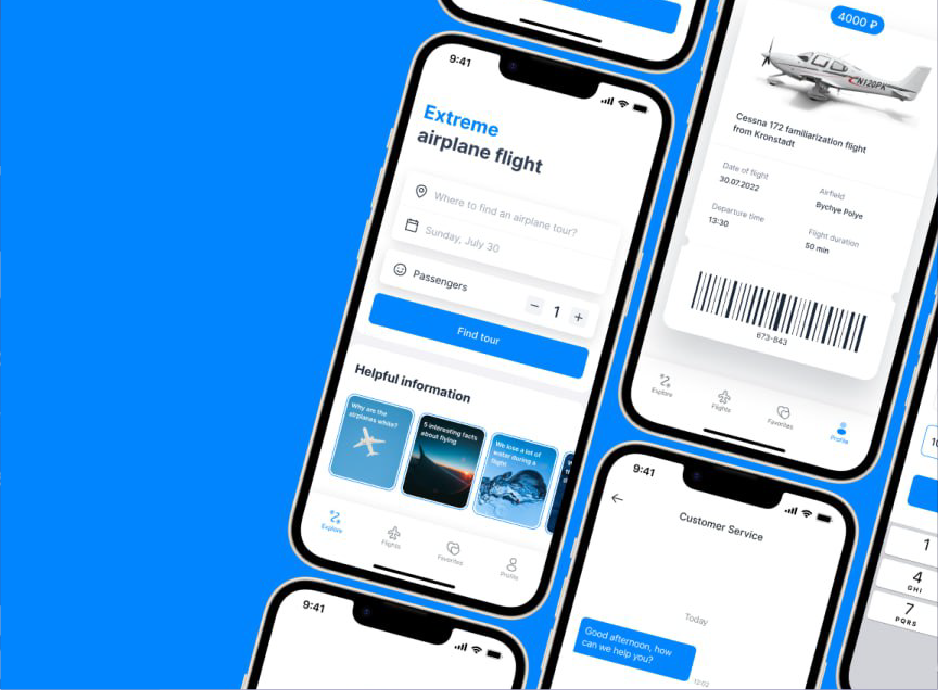




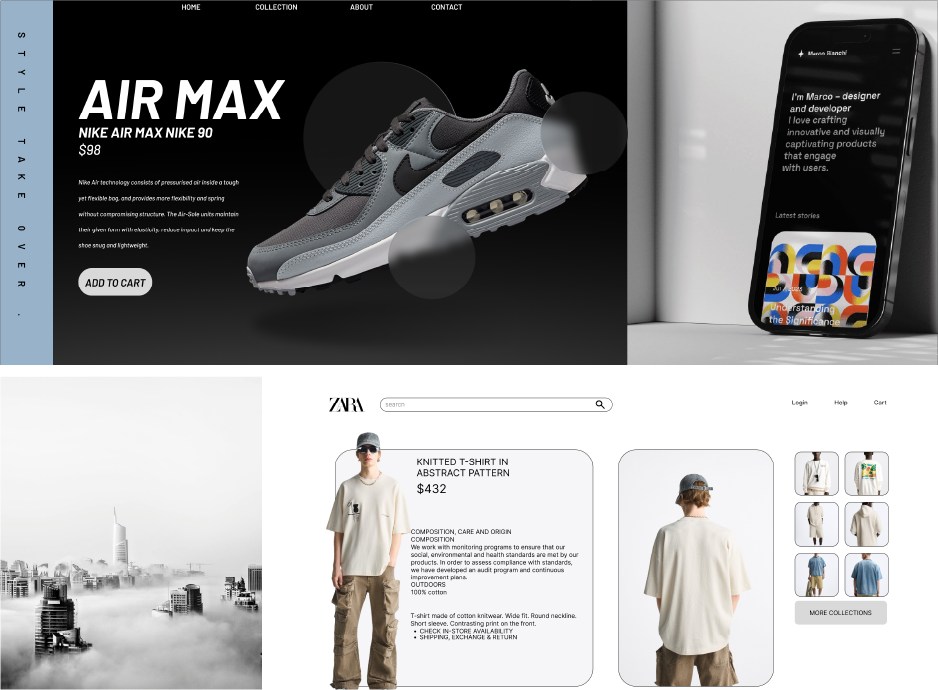


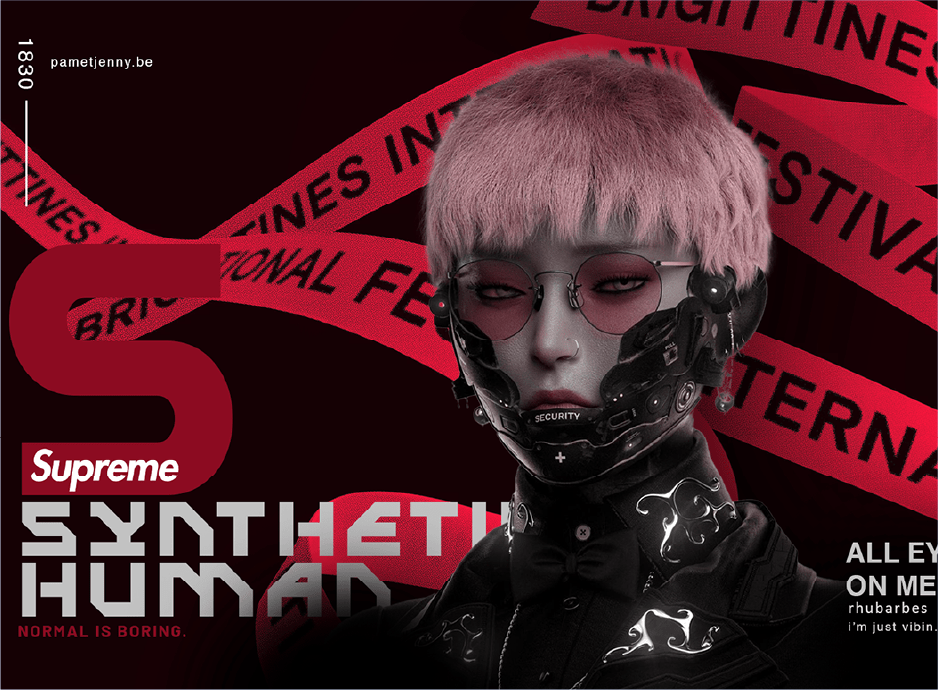


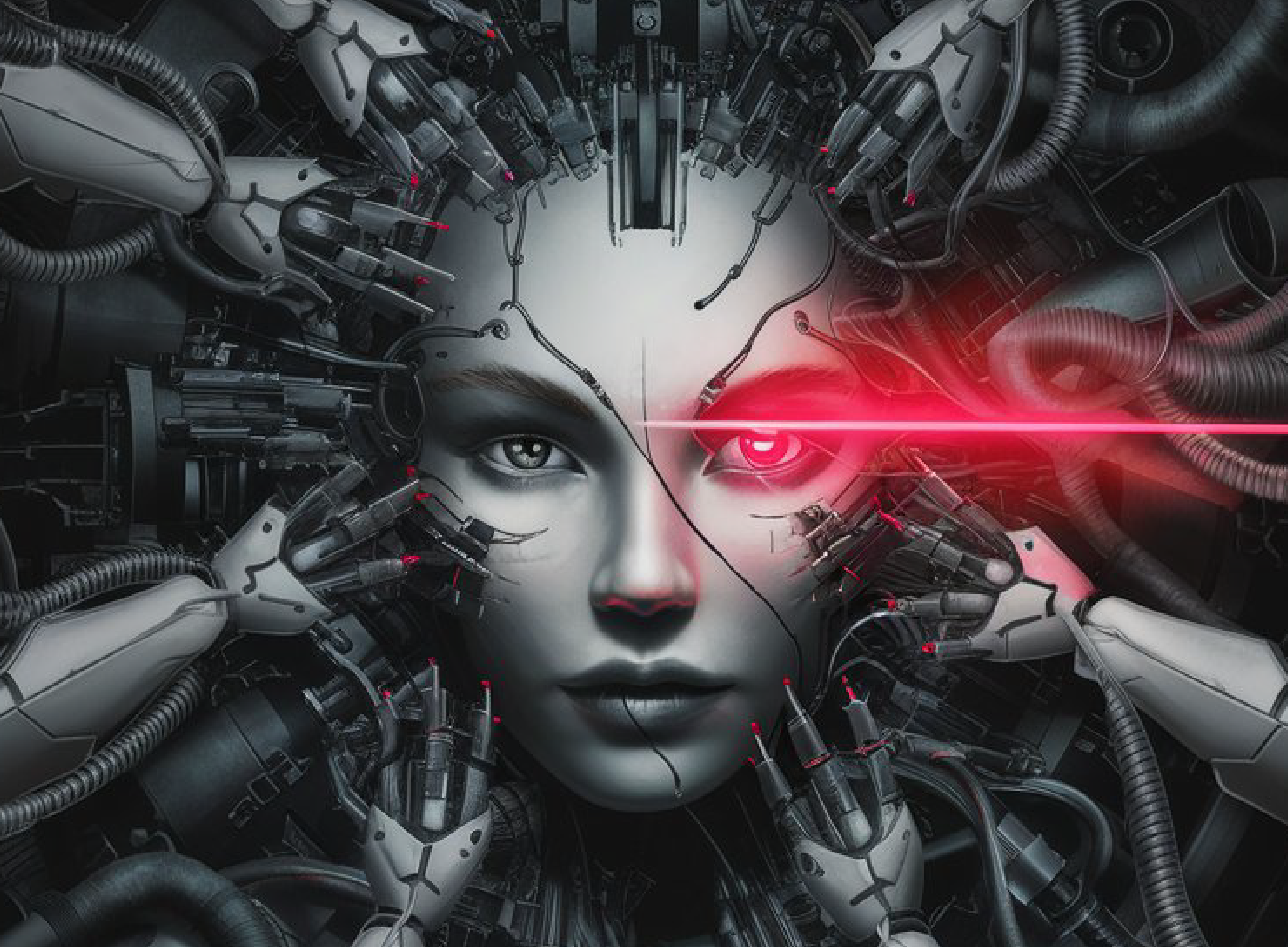
.jpg)



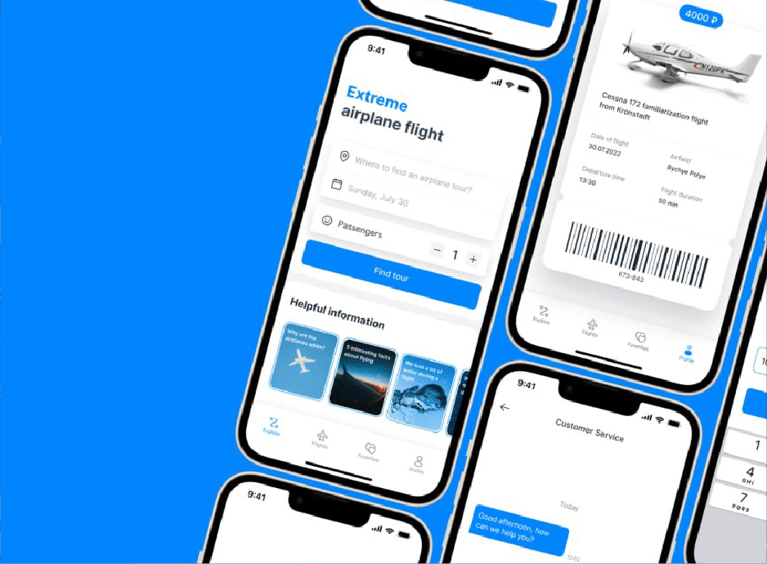

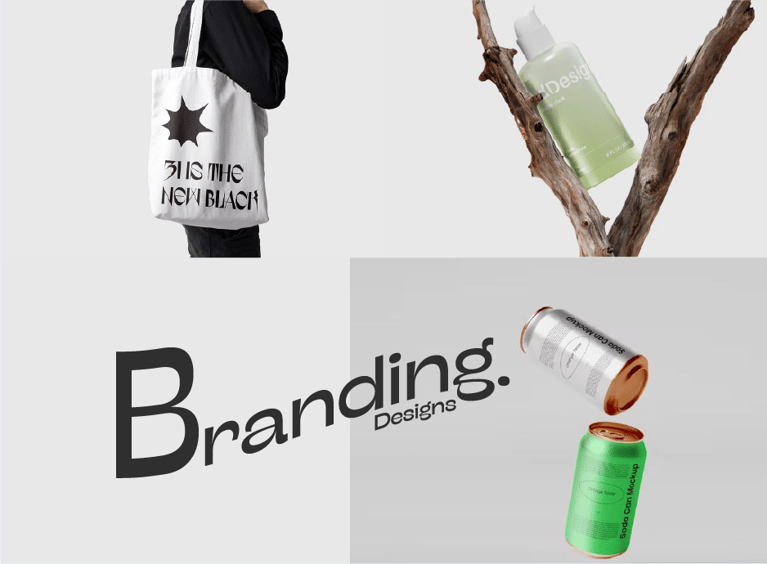
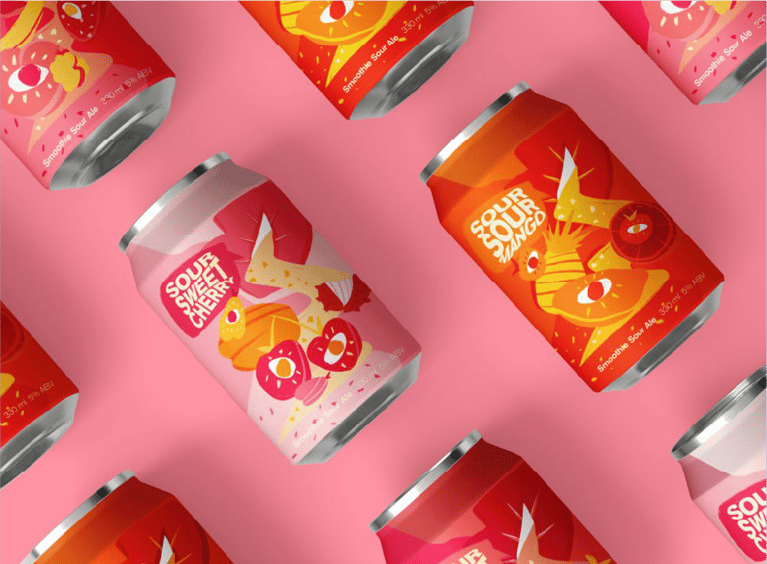

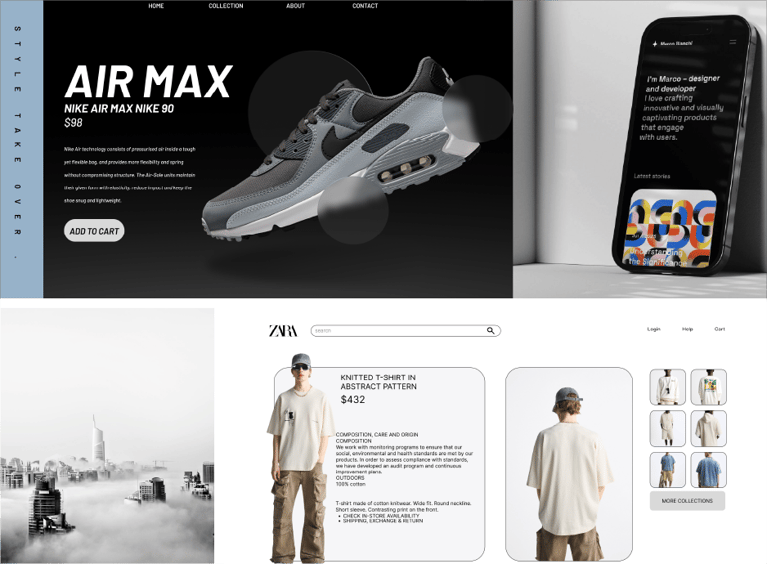

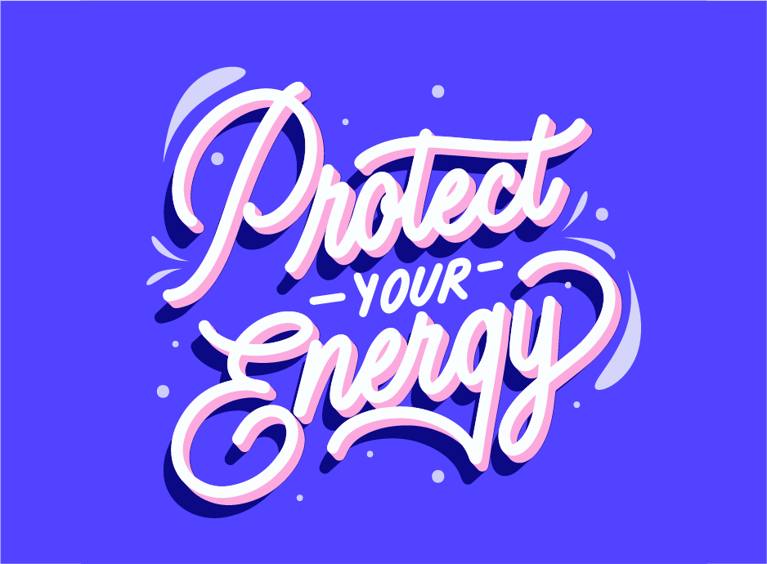
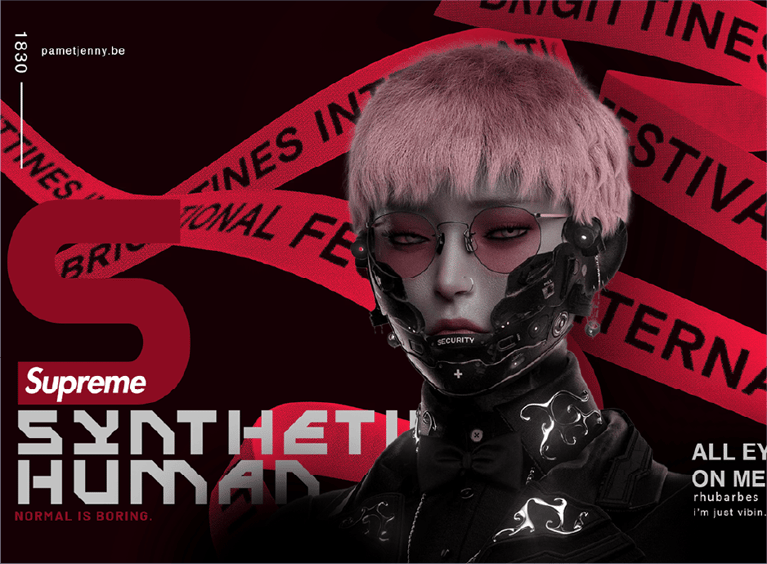


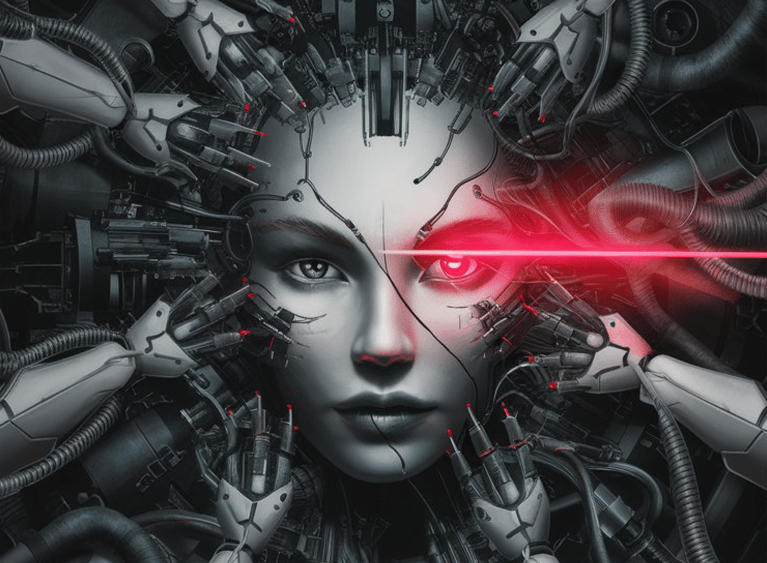
.jpg?width=767&name=movie%20poster%20%20(option%202).jpg)

BOOK A FREE CONSULTATION